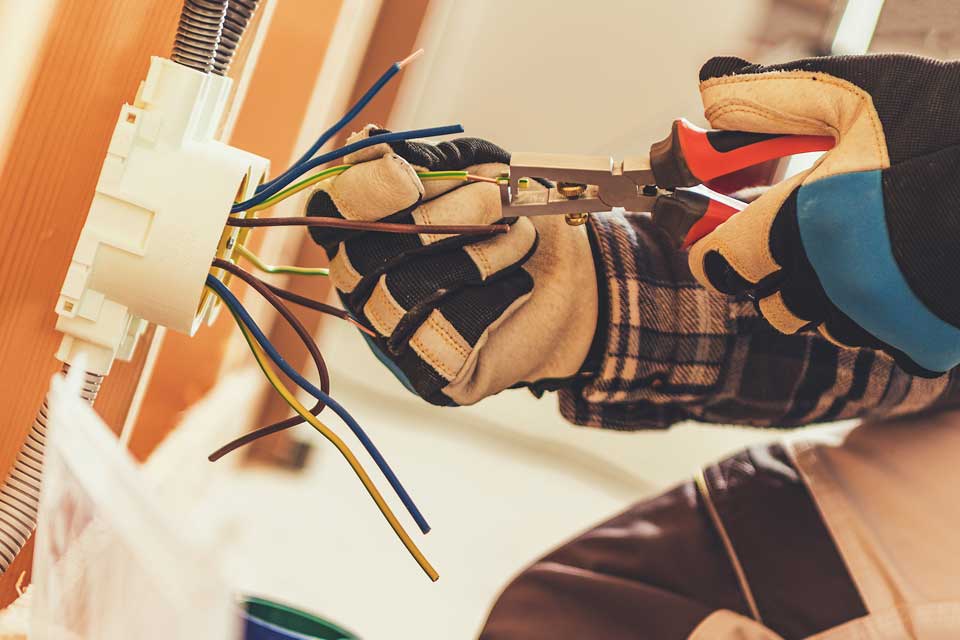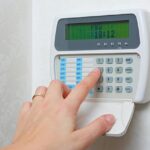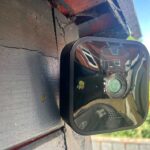Of course, any work involving the electrics of a home needs to be carried out by a qualified professional to ensure optimum safety. However, there are a number of basic checks you can perform to help you find out if the wiring is too old and likely to need replacing. These will typically provide you with warning signs, rather than conclusive proof, so full testing is always recommended.
Here’s a simple guide to assessing whether your home electrics are in need of modernisation. Once you have completed these checks, you can consult an electrician if necessary and plan your next move. If you’ve just bought a new home, your surveyor’s report may also have additional information.

Count your sockets
Look at the fuse box
The next step is to inspect your fuse box closely. If it has a wooden back, cast iron switches and a disorderly mixture of fuses, it is likely to predate the 1960s and will need replacing. Another way to judge the fuse box’s age is by looking at whether the fuses are rewireable, as this type of fuse has not featured in new installations for a long time.
If you’ve recently moved into a property, don’t be fooled by a shiny-looking fuse box. This could have been changed, but the rest of the installation may still be old, so you need to carry out a thorough inspection all the same.


